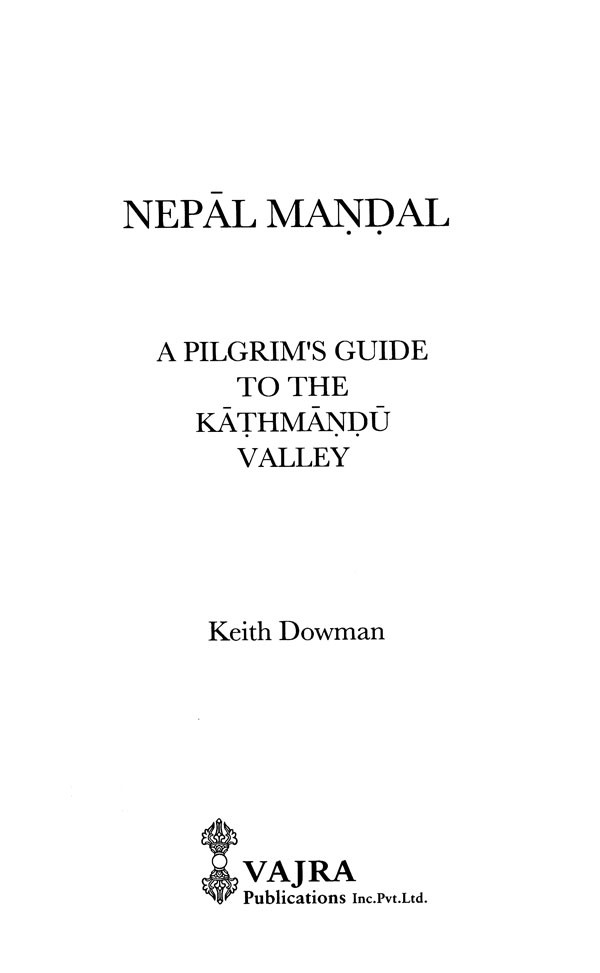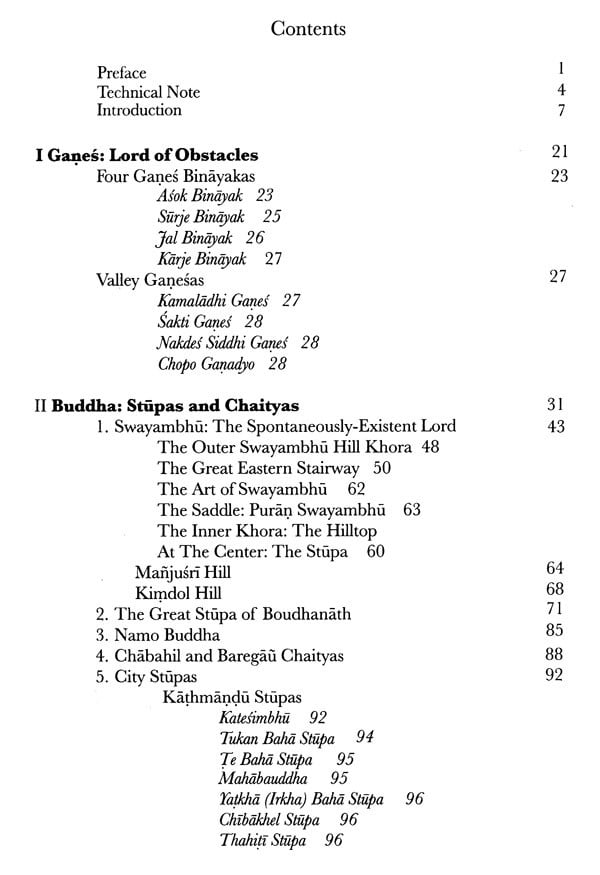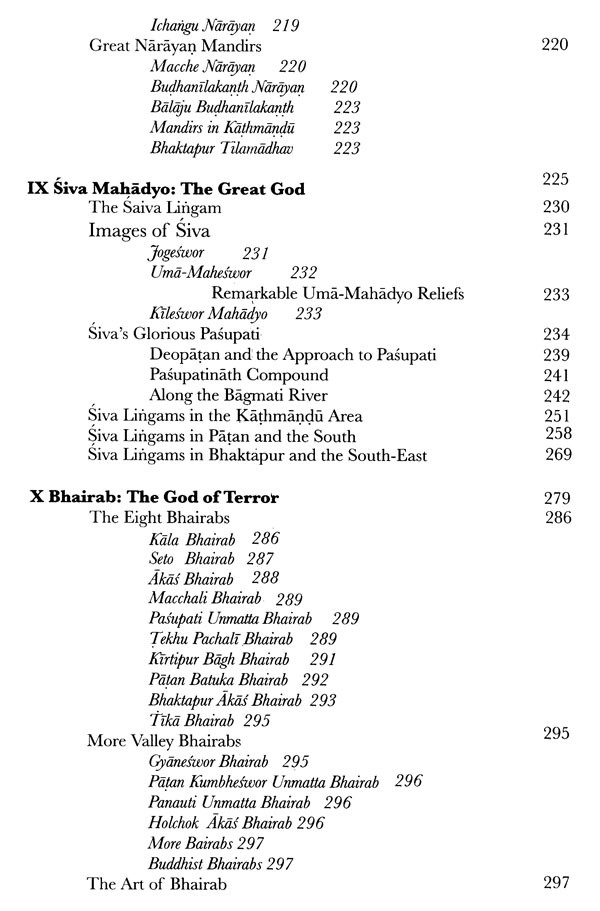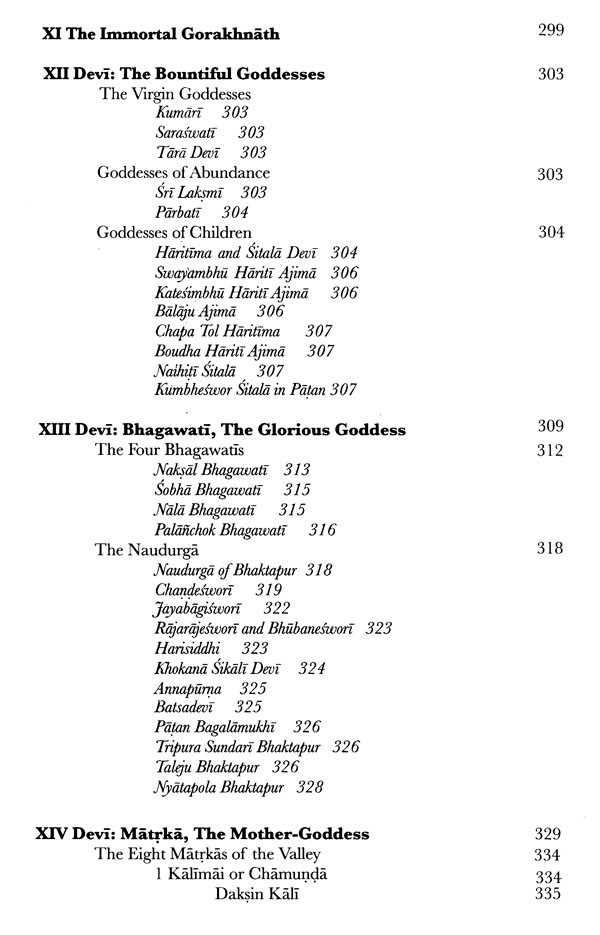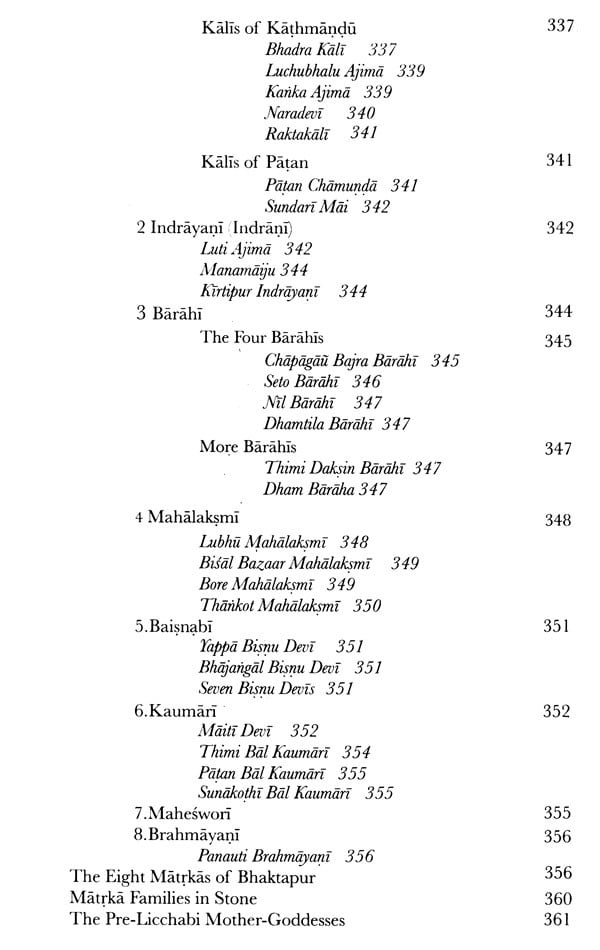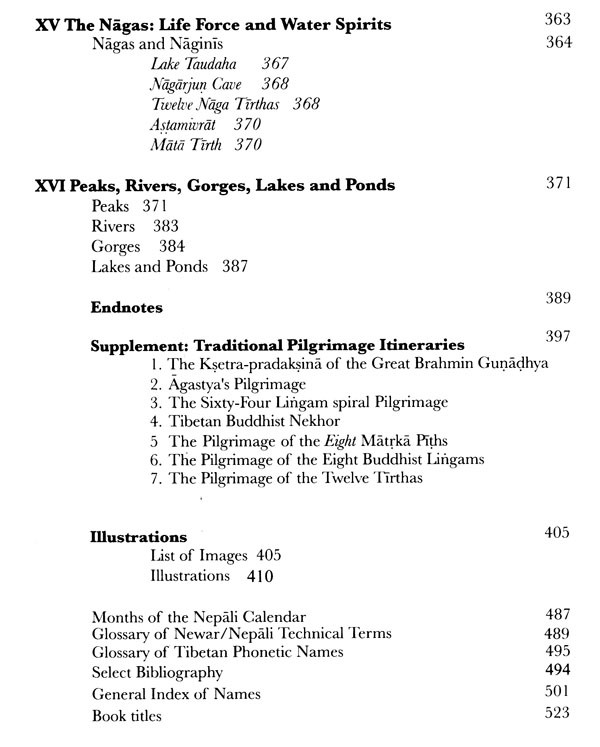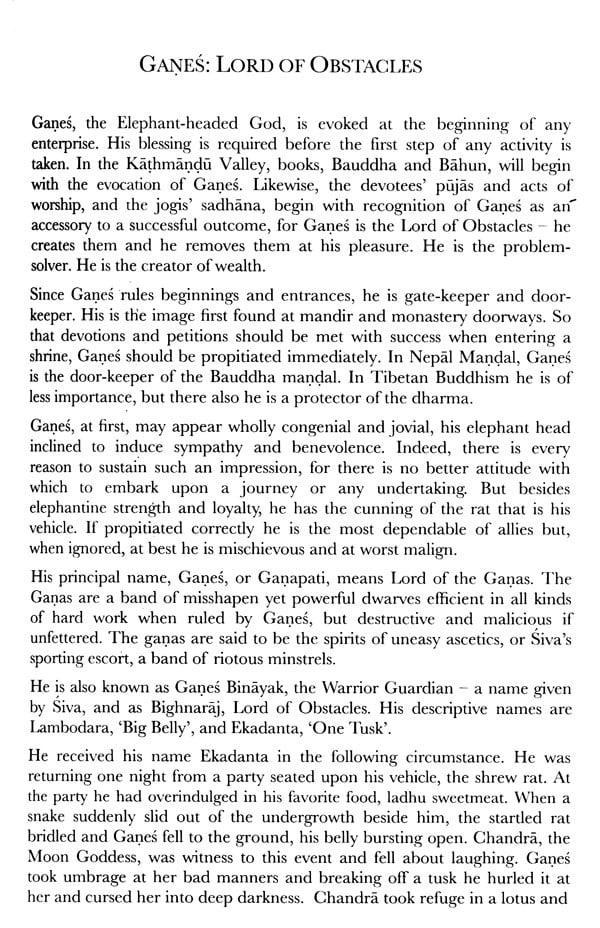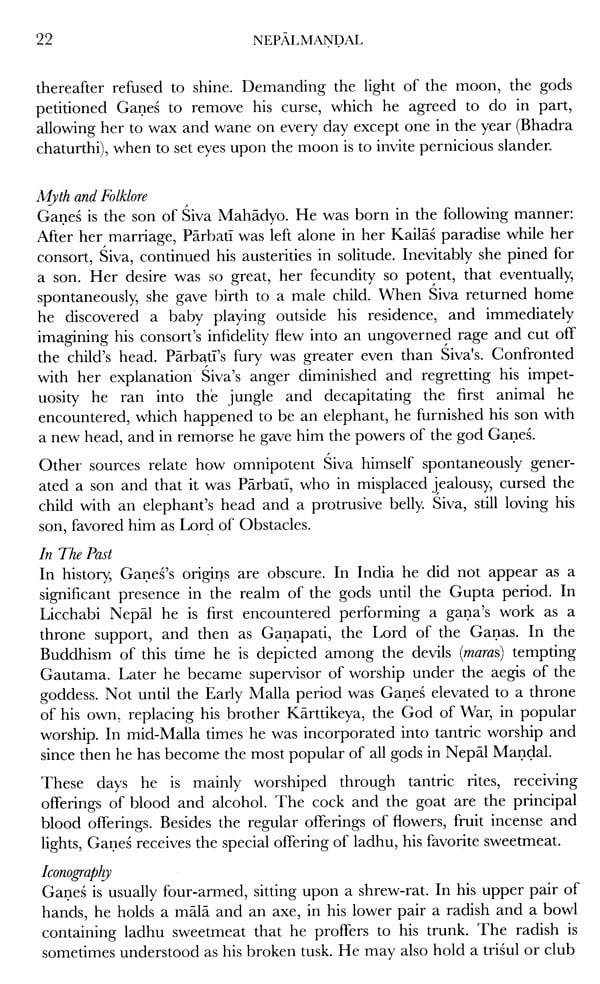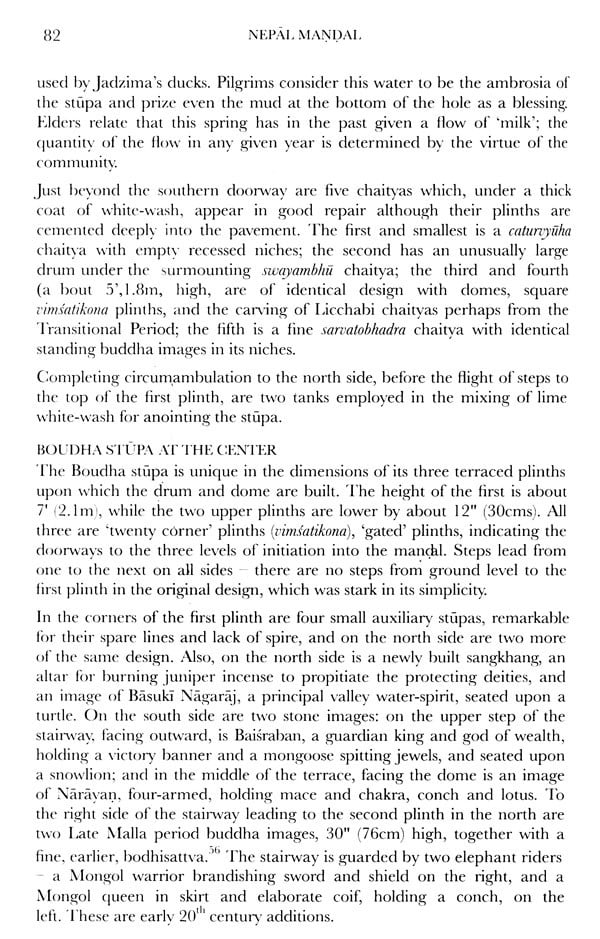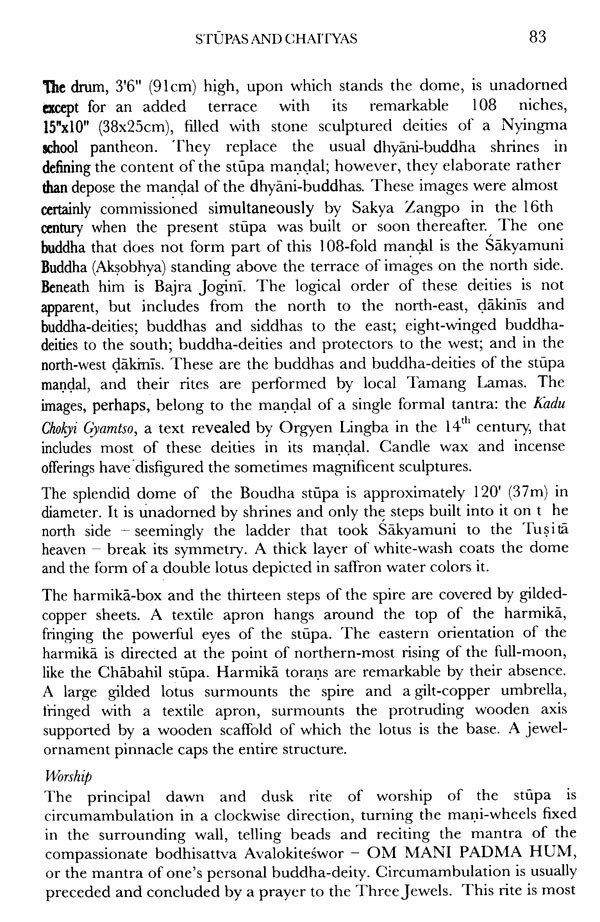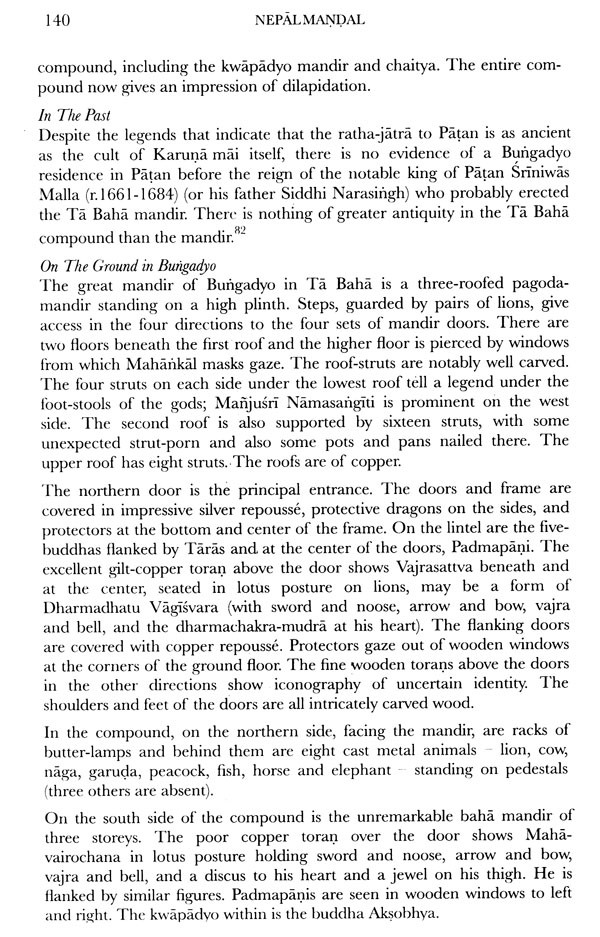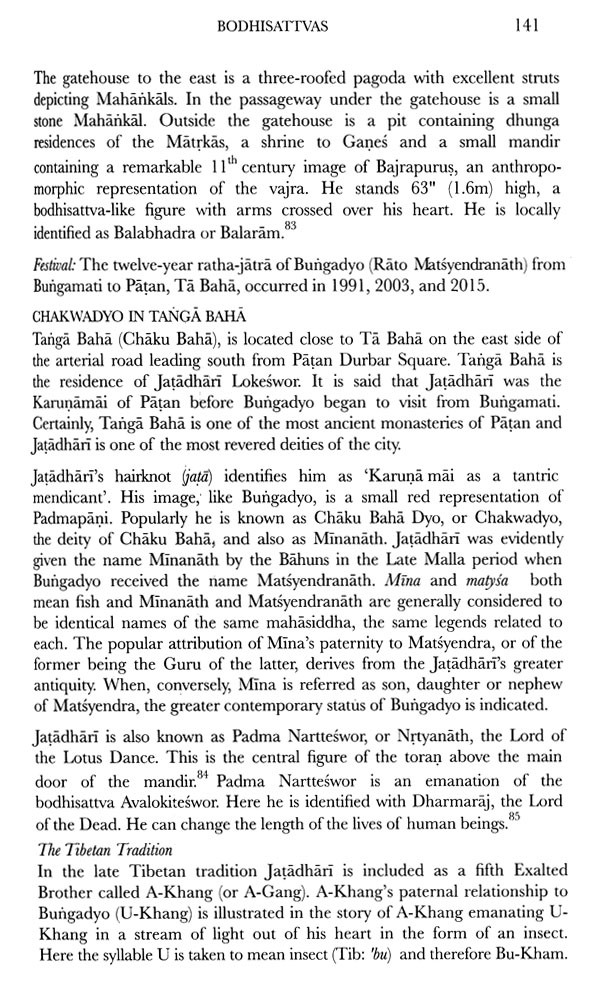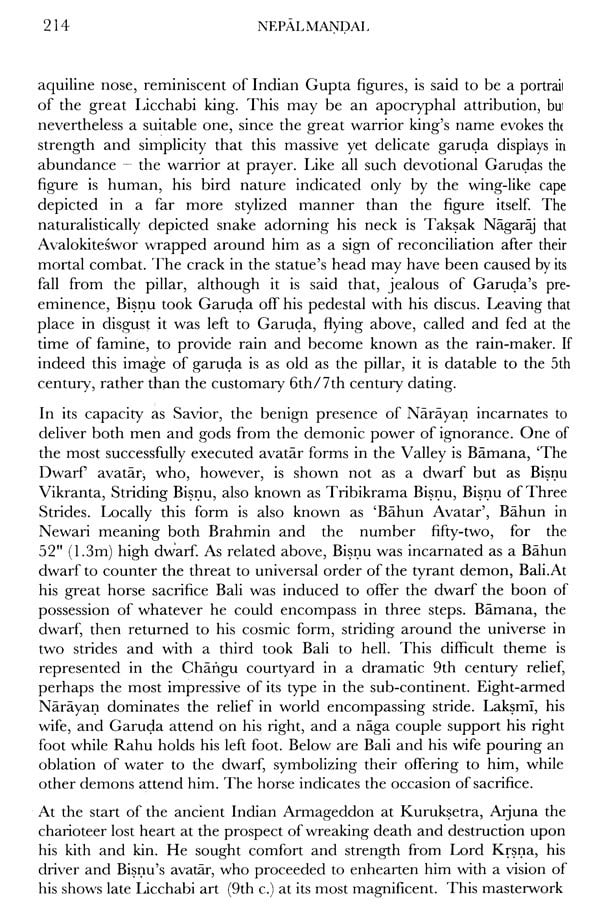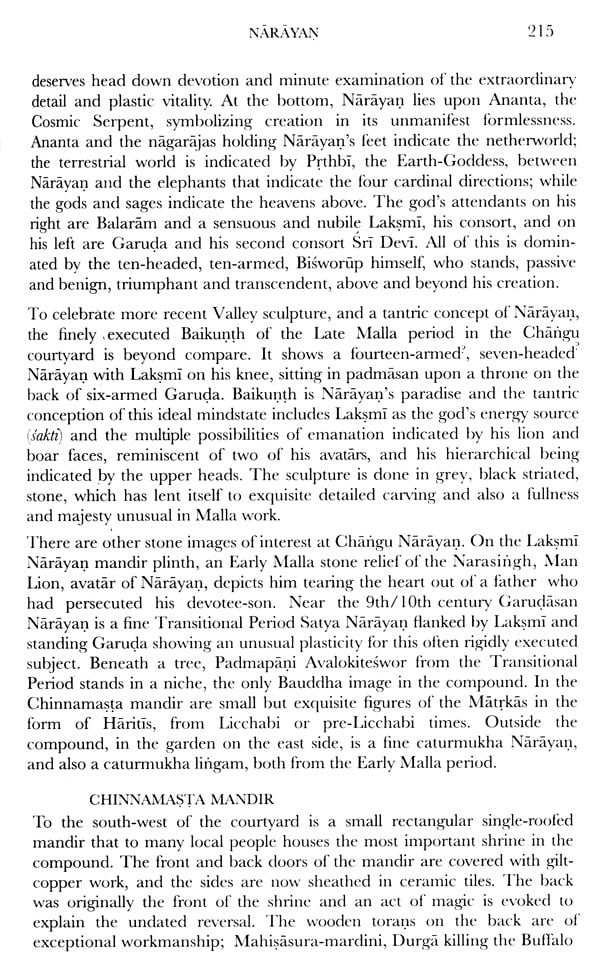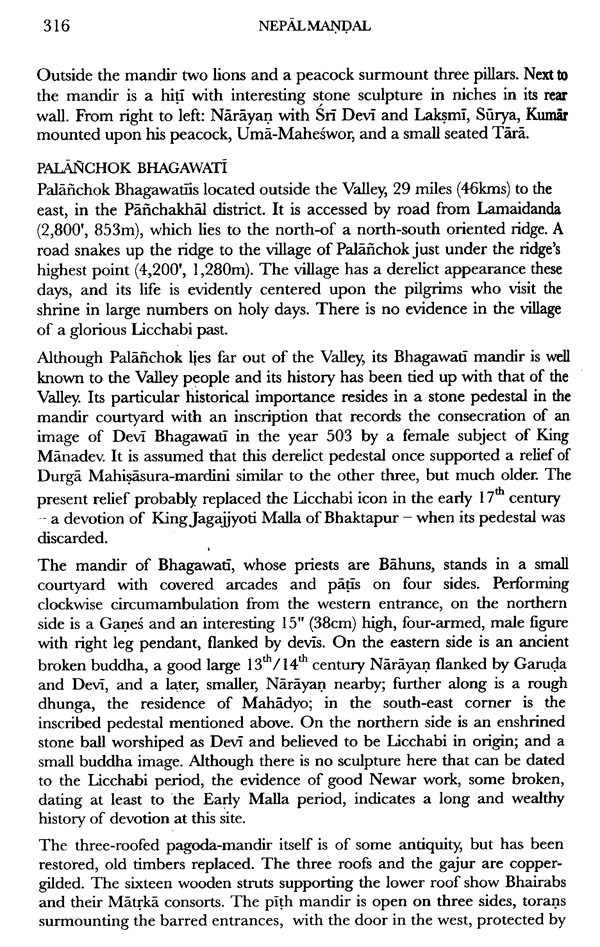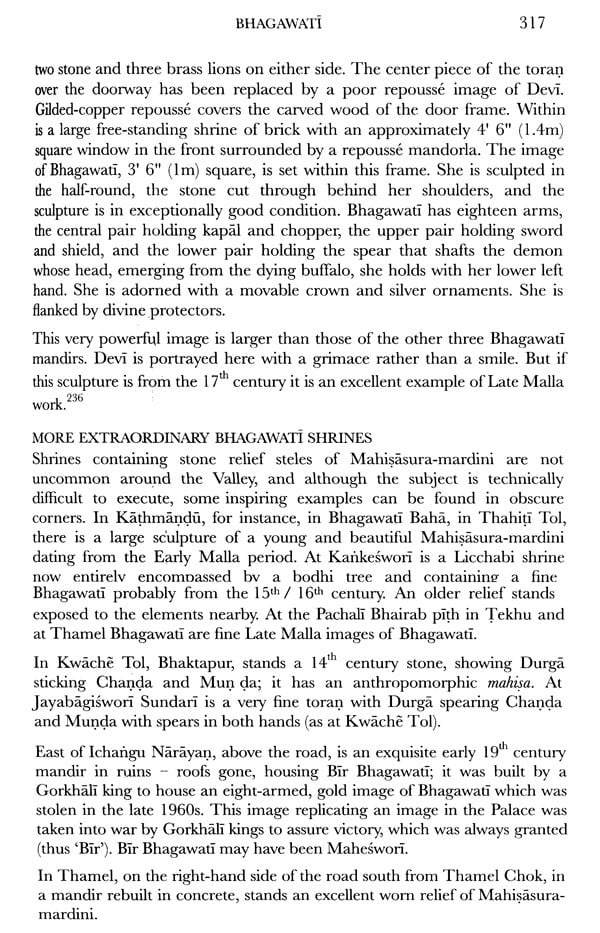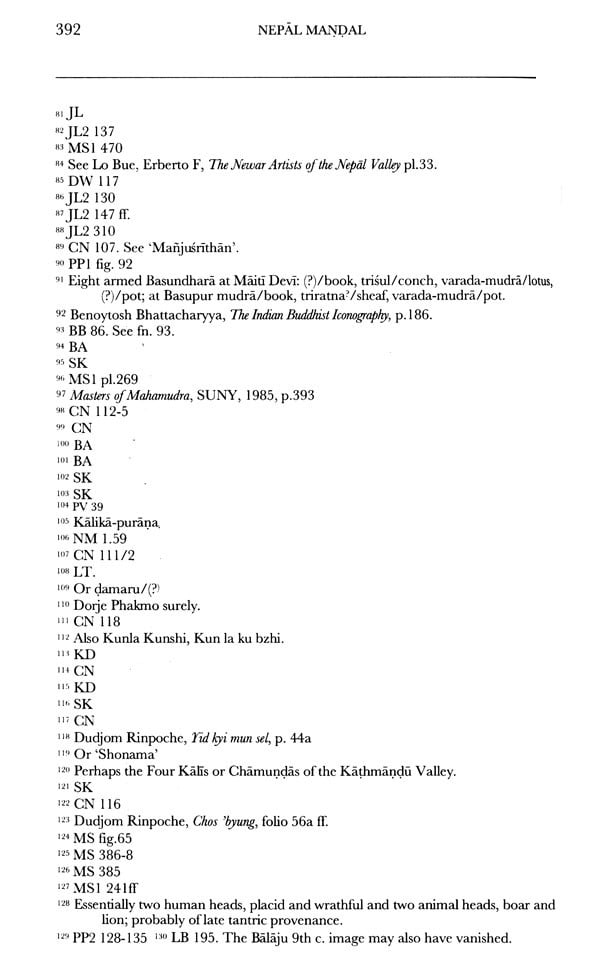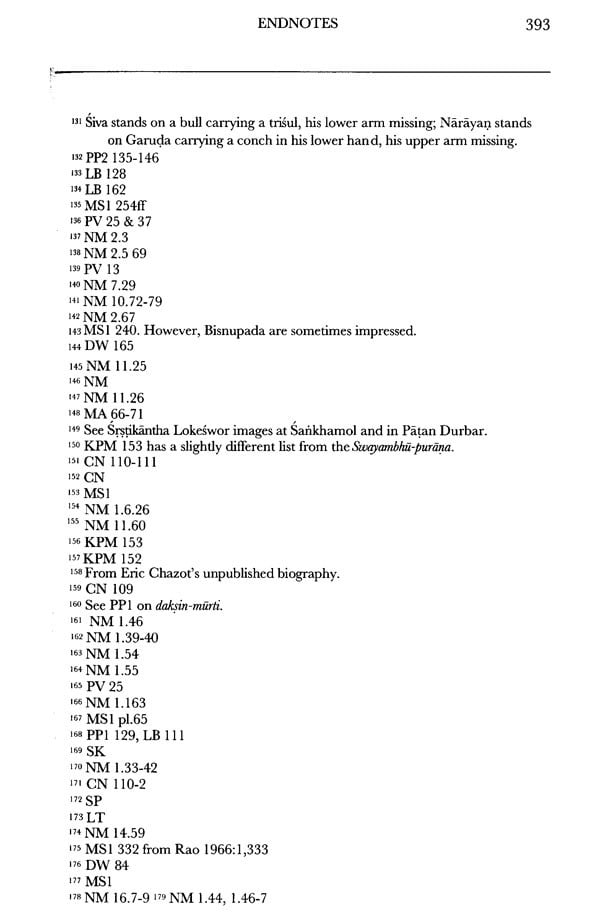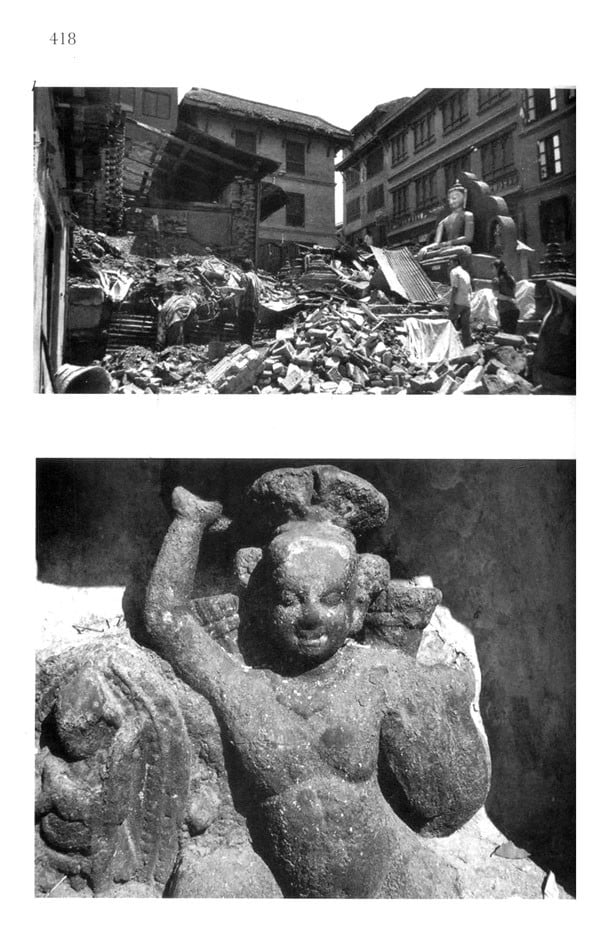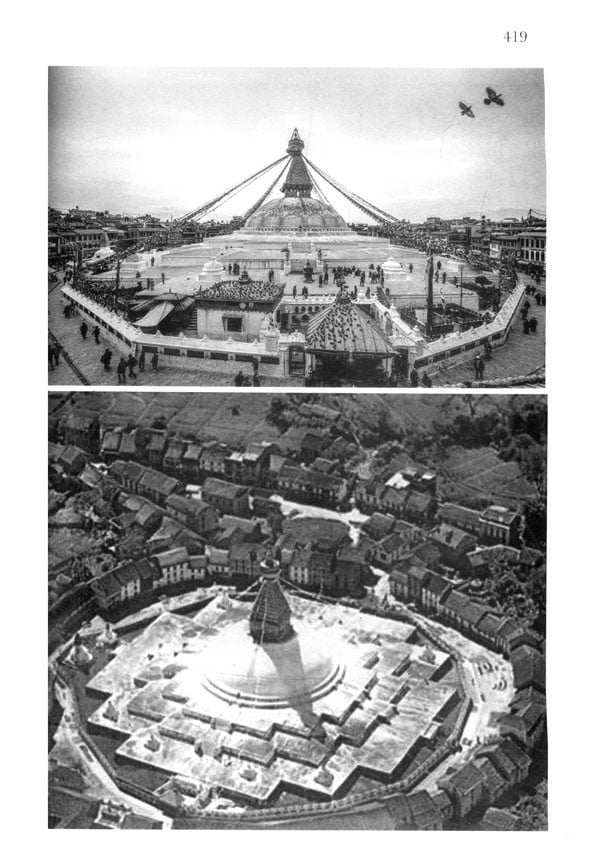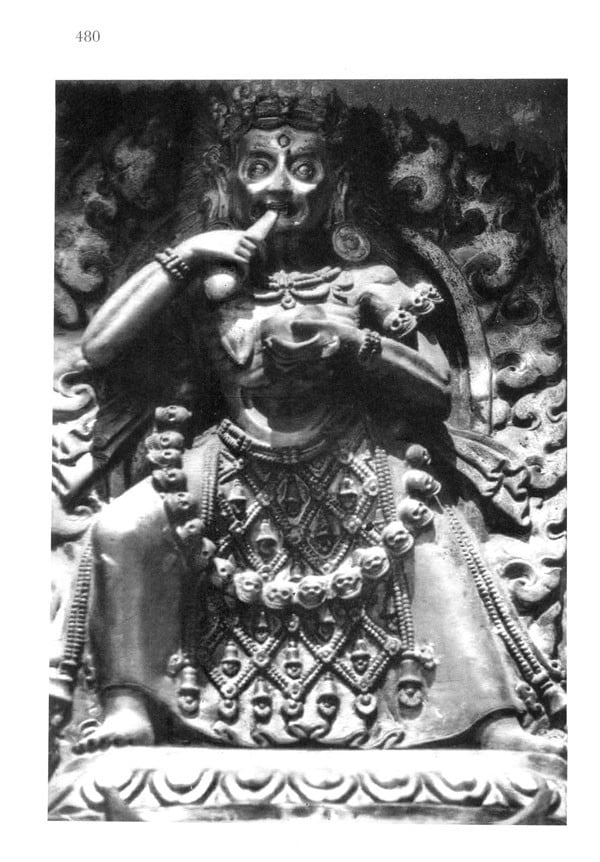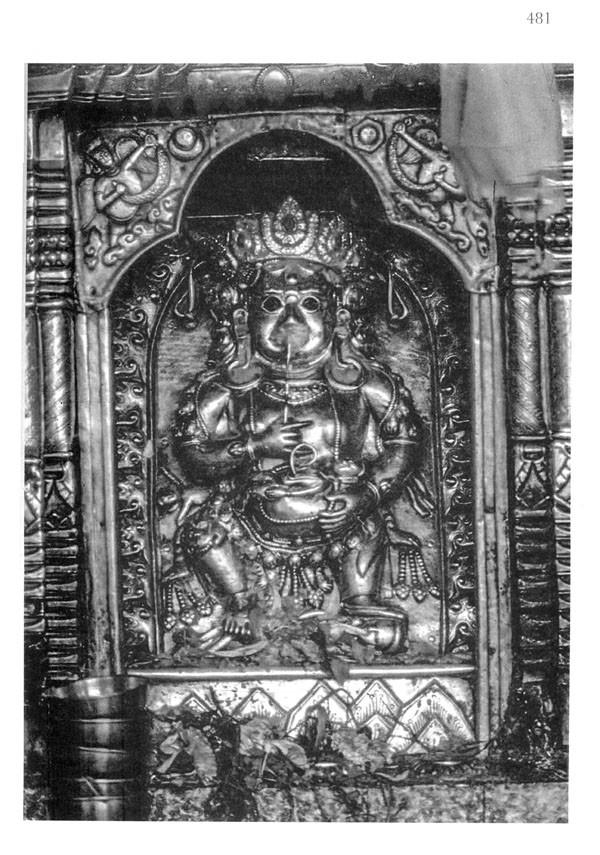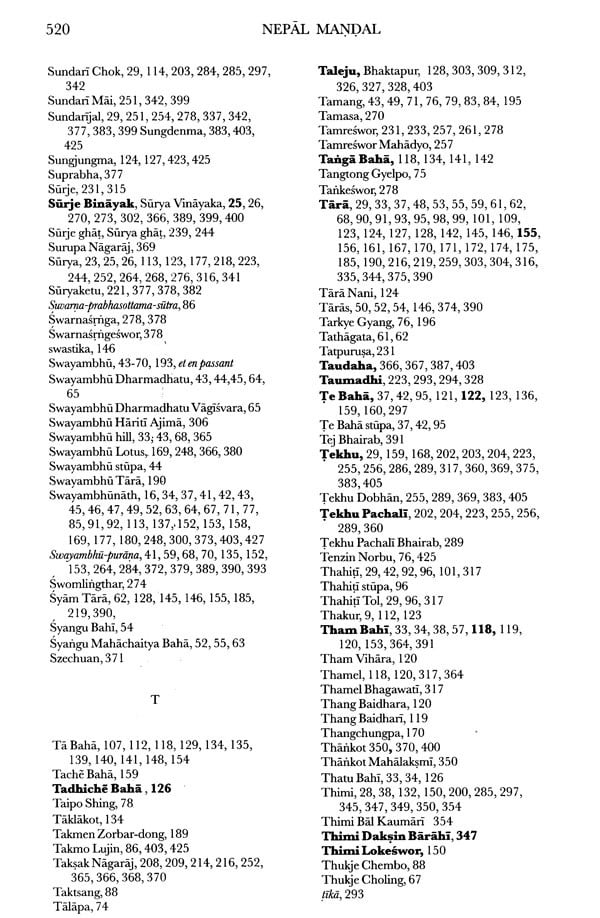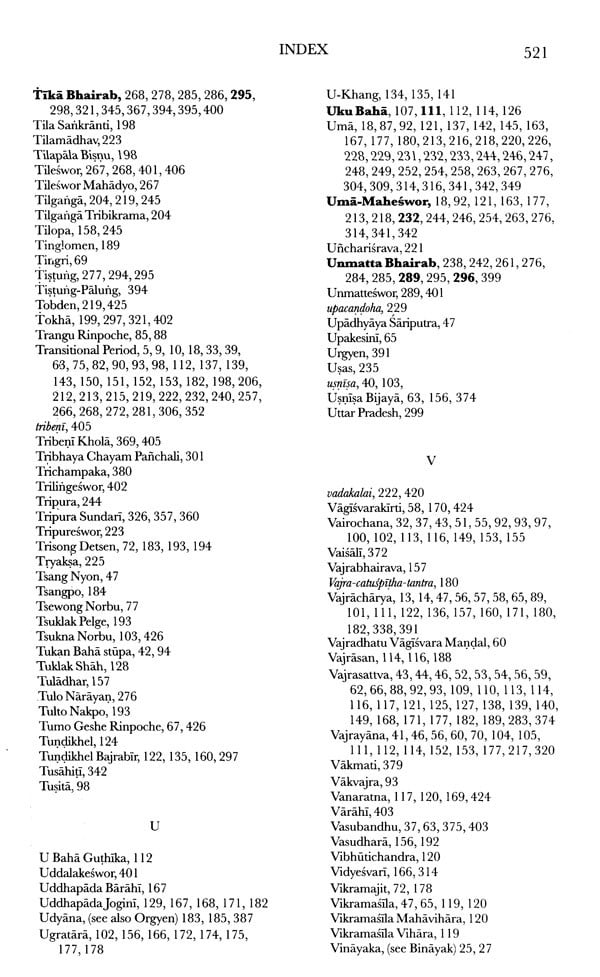
Nepal Mandal- A Pilgrim's Guide to the Kathmandu Valley
Book Specification
| Item Code: | UAO669 |
| Author: | Keith Dowman |
| Publisher: | Vajra Publications, Nepal |
| Language: | English |
| Edition: | 2022 |
| ISBN: | 9789937624152 |
| Pages: | 332 (Throughout B/w Illustrations) |
| Cover: | PAPERBACK |
| Other Details | 9.00 X 6.00 inch |
| Weight | 700 gm |
Book Description
The text of this book was written cumulatively over the last decades of the 20th century, during which Nepal Mandal experienced a wrenching cultural change. A maoist guerrilla rebellion was the outward sign of this. The massacre of King Birendra Bir Bikram Shah and his family in the year 2001 and the coronation and subsequent dethronement of his brother Gyanendra were the constitutional corollary: The twenty-first century has witnessed the development of an unstable democracy in a country without significant financial means, or industrial potential, to support itself. The forced cultural development from medieval kingdom in the early 1960s to a young and unformed democracy has involved depreciation of the past and a preference for imported cultural license and IT marvels.
We deplore this change. We regret the loss of the old and the adulation of the new. We lament the eagerness of Newar craftsmen to sell themselves to purveyors of decorative, even pornographic art, to rebuild their mandirs not for worship but for tourists' eyes, to sell the objects of their grandfathers' veneration to the highest foreign bidder. Worse is the replacement of the ancient sense of organic harmony and traditional form with cheap imported style and fashion, demolition of old classical buildings and temples and replacement of them with concrete mausoleums or roads, and the transformation of living-quarters into tourist arcades.
As if to punctuate a period of cultural, social and political upheaval, in 2015 the long-awaited earthquake shook the country. The succession of tremors was most mercifully founded closer to the principal fault-line in the Himalayas to the north, unexpectedly slight damage done in the towns and villages of Nepal Mandal rather than the wholesale destruction and loss of life that had been feared. The structural damage done to the sacred buildings of old Nepal Mandal has not been evaluated in this book. Perhaps the gods do send messages through earth movements as the people believe.
In Hindu mythology the Great Himalayan Range is the abode of the gods. The sages and seers of the Indian sub-continent envisioned the snow peaks as the thrones of divine authority. Their remoteness and inaccessibility, their majesty and magnificence, and the symbolic significance their immutable mass, imparted a divine aura. Lying in the lap of these mountains the Kathmandu Valley, a fertile, well-watered, undulating valley, with temperate climate, surrounded on all sides by a mountainous rim. Nepal Mandal is the playground of the Himalayan gods.
may be the vitality of the human culture of the Käthmandu Valley that sustains the fabled youthfulness of the gods. Proximity to the primordial state of nature in this unique, paradisiac, Himalayan environment and the freshness mind in the mountains can create predisposition receptive to the realm of the gods and creative credulity. The inhabitants of the Valley are mixture of high mountain Tibetan stock and people from the Indian plains. The interaction of the races over the centuries in their once hidden homeland has produced a religious culture remarkable for its vigor and complexity: The ancient superstitions of animism and shamanism, coexist with the high cultures of Hinduism and Buddhism, orthodox and tantric, indicating varying modes of relationship with the divine.
The vitality this alliance between man and the gods is revealed during the major religious festivals. Scheduled according to lunar fortuity and astrological advantage, during the principal annual festivals the gods are paraded in chariots through their city locales in an atmosphere of riotous devotion. Although quiet prayer may be the preferred mode for renun ciates and contemplatives, for the majority worship is an occasion to open up to the power of the god and to gain some knowledge of him through possession by him or her. Likewise, the daily acts of ritual worship of the gods take place in an ambience of excited activity.
**Contents and Sample Pages**
